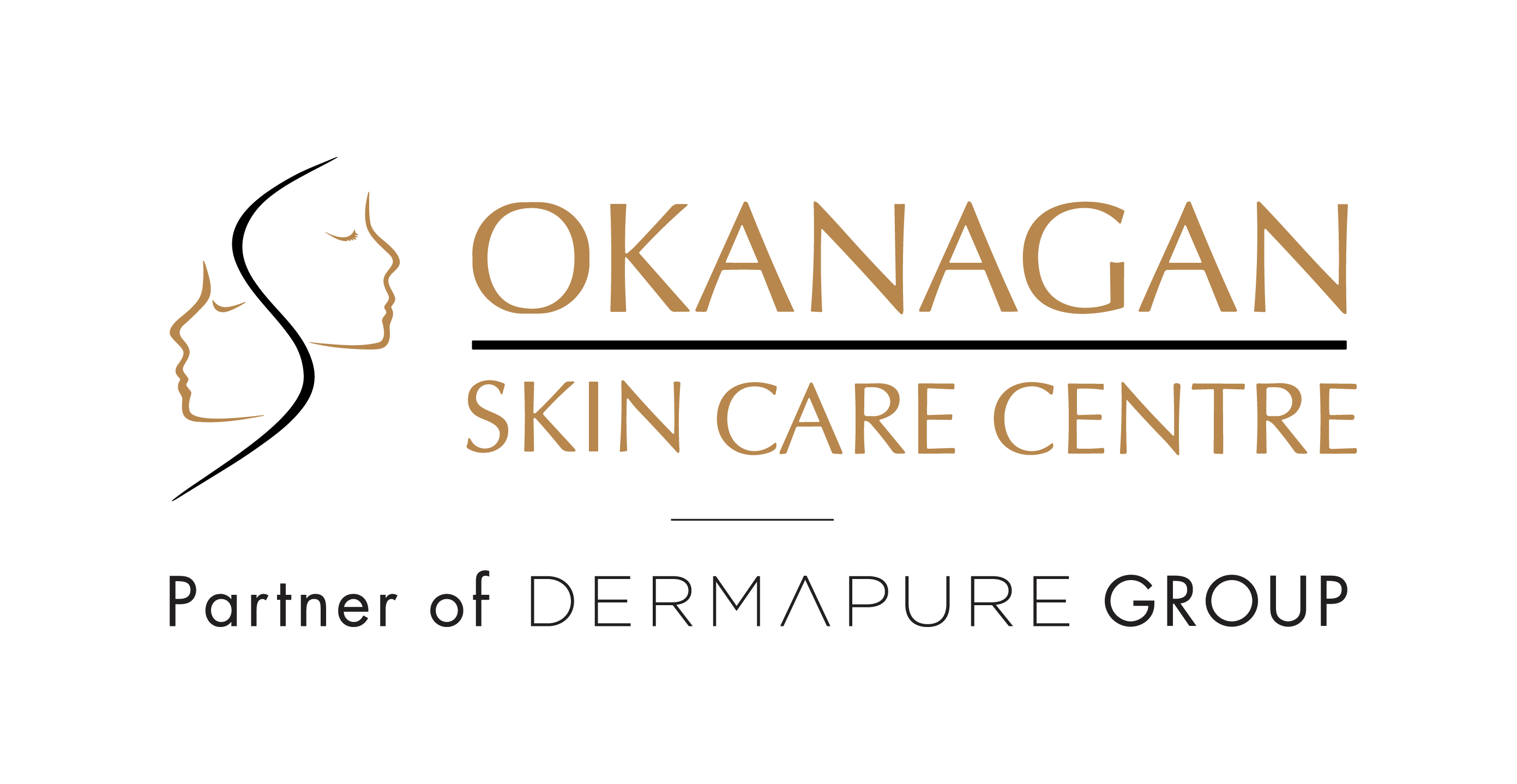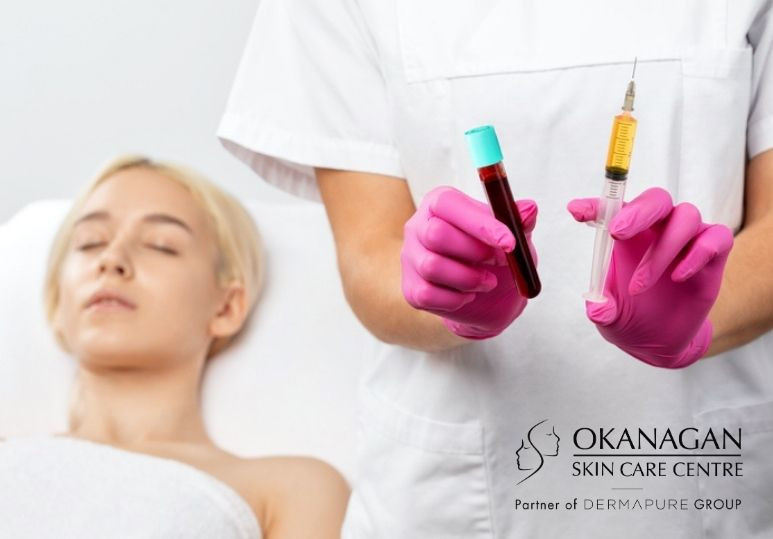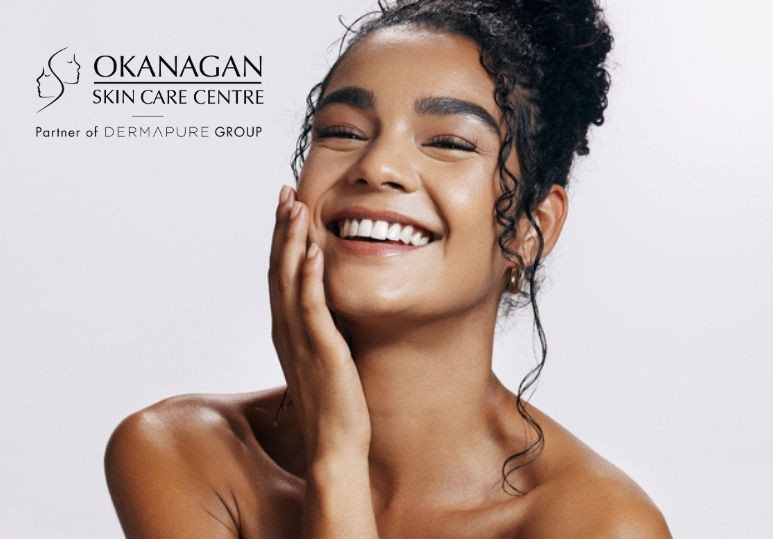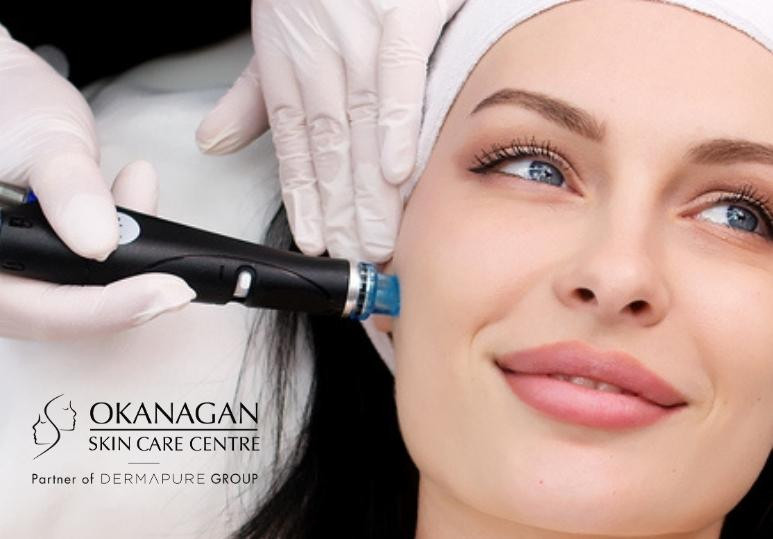You have probably been told that acne will go away on its own and that you should learn to live with it in the meantime.
This is false on both counts.
Acne can last for years or decades, and you do not have to endure it. Today, a range of medical and technology treatments can safely reduce and control acne—regardless of its type and severity. Why experience long-term discomfort and lowered self-esteem when quick, safe, and affordable solutions are at your disposal?
Whether you are dealing with harmless blackheads or pus-filled cysts, Okanagan Skin Care Centre knows exactly how to beat it!
Contact Us Shop Skincare Products
What is Acne and Why You Should Care
Acne is one of the most common skin conditions affecting both teenagers and adults. Acne occurs when pores on your skin become clogged with oil (sebum) and dead skin cells.
Acne comes in many types and multiple levels of severity. Each acne type may require a different treatment. While you can address many types of acne with over-the-counter treatments or even ignore mild breakouts, severe cases may require a visit to the dermatologist to control.
Although acne is rarely medically dangerous, mismanaging it can leave permanent acne scars. Persistent acne can also contribute to severe self-confidence issues—especially in teenagers.
Dermatologists at the Okanagan Skin Care Centre are happy to diagnose and treat your acne with innovative solutions. Call them at (250) 868-9290 or fill out the online contact form.
Types of Acne and What You Can Do About Them
There are 2 categories of acne and 6 medically distinct types:
Non-inflammatory acne: This category of acne is the less acute of the two. It is considered non-inflammatory because it does not cause swelling.
- Blackheads: These occur when a pore is clogged with oil and dead skin cells. They are called “blackheads” because they look like tiny black dots on the skin’s surface. The top of the pore is open, making blackheads easy to pop (not recommended).
Over-the-counter treatments like salicylic acid and benzoyl peroxide work great at eliminating blackheads. These topical treatments exfoliate the skin, removing excess oil and dead skin cells.
- Whiteheads: Like blackheads, whiteheads also form in pores due to a buildup of oil and dead skin cells. Unlike blackheads, the top of the pore is not open. This gives this acne a white-ish appearance.
Because the pore is closed, whiteheads are harder to treat than blackheads. The same over-the-counter treatments are still effective, but topical retinoids prescribed by a dermatologist may be necessary.
Do not pop or squeeze whiteheads, as the wound may leave acne scars.
Inflammatory acne: Bacteria clogs the pores, causing them to turn red and swollen. Inflammatory acne can be painful and is harder to treat.
- Papules: When oil and dead skin cells in the pores mix with bacteria, a patch of small red bumps forms—like lesions. Papules do not contain pus. Over-the-counter antibiotics, namely benzoyl peroxide, can treat papules.
- Pustules: These are similar to papules, except they contain pus. The pus gives these pimples a yellow-ish appearance. The same antibiotics for papules work for pustules. Popping or squeezing pustules can spread the pus over your skin, which can worsen the infection.
- Nodules: When bacteria becomes entrenched under your skin, a large nodule may form. These deeply-rooted flesh-coloured pimples do not respond well to over-the-counter medication. Prescription-strength antibiotics do the trick, however. In rare cases, your dermatologist may have to manually drain the nodules or use a laser to treat them.
- Cysts: Cystic acne forms when the bacterial infection occurs at a level even deeper than nodules. The infection is so severe that the acne has become painful to the touch. Cystic acne is also prone to scarring.
- These large, pus-filled sacs can be difficult to treat. A combination of prescription medicine, which includes antibiotics and steroids, is almost always necessary. Your dermatologist may even have to remove them via surgery.
Blue Light Acne Treatments
For mild to moderate cases of acne, you can treat your skin condition with light technology.
The patient exposes their acne to a gentle blue light, which heats up and kills the bacteria inside the pores. This 15-minute treatment is recommended once or twice per week until all bacteria has been eliminated. This treatment is completely painless and requires no recovery time.
While even the most acute acne types are not life-threatening and can be left alone to heal over time, the individual is unlikely to be comfortable in their skin during that time. Acne breakouts can also outpace the skin’s natural healing process, prolonging the skin condition. This can be emotionally difficult for teenagers and young adults, who tend to value their appearance. As such, it is recommended to use one or a combination of these safe acne control treatments rather than allowing the skin condition to run its course.
Enjoy the Acne-Free Skin You Deserve
There is no permanent cure for acne, but that does not mean you have to endure it. Though moderate cases are harmless, acute breakouts can leave severe acne scars and affect your self-esteem. People with particularly severe acne may even avoid social interactions and experience impacts to their lifestyle.
You do not have to put up with acne. Explore the many acne treatments offered at the Okanagan Skin Care Centre and start working towards the smooth and clear skin you used to have. Call us at (250) 868-9290 or fill out the online contact form to get started today!
FAQs
Q: Are acne treatment results immediate?
A: Acne treatments take time. Expect results in 6 to 8 weeks.
Q: Does diet make my acne worse?
A: The effects of diet on acne have been inconclusive. It is not clear whether oily or dairy products stimulate acne buildup.
Q: Can basic hygiene help with acne?
A: To an extent. Gently and regularly cleaning your face can help with mild cases, but acne is primarily triggered by hormones.




.png)
